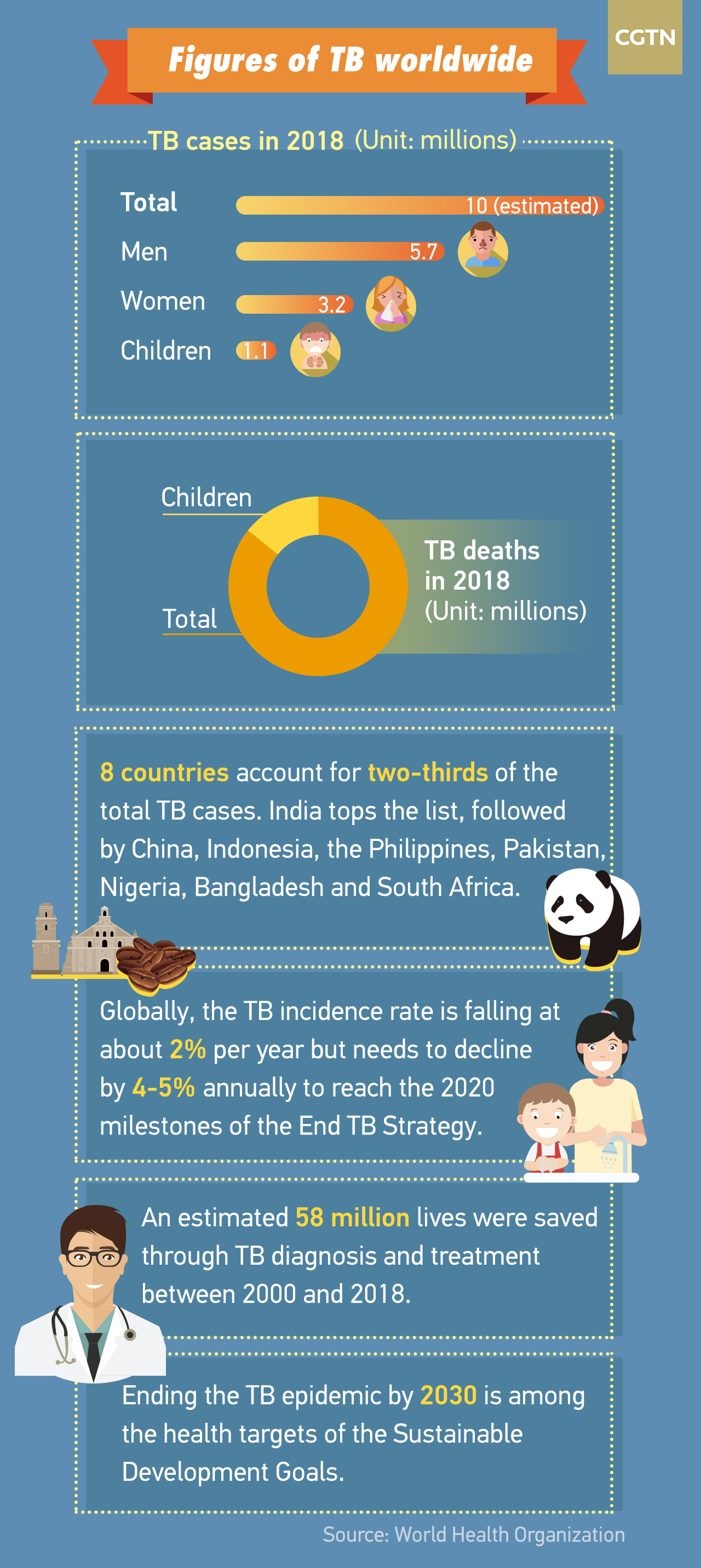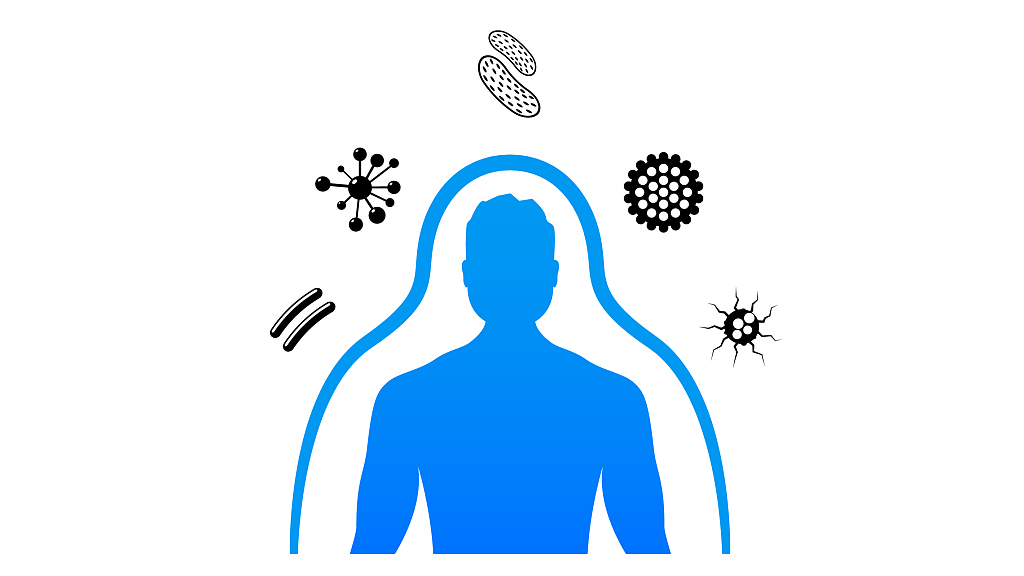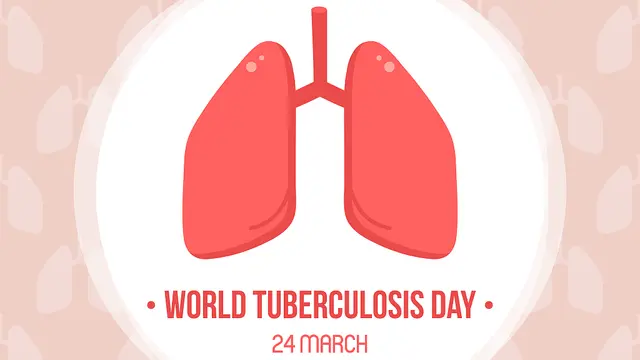
VCG
Tuberculosis (TB), a contagious respiratory infection caused by bacteria that most commonly affect lungs, is one of the top 10 causes of death globally, according to the World Health Organization (WHO).
March 24 marks the World TB Day. With the theme of "It's Time," it calls on countries to "accelerate TB response to save lives and end suffering."

Yin Yating/CGTN
TB vs. COVID-19
TB and COVID-19are infectiousrespiratory diseases that share some similarities. They can both be transmitted by respiratory droplets and cause symptoms like fever, fatigue and cough.
But they are not the same. Have a look at the following differences:
Pathogens: The two are caused by different pathogens. TB is caused by a bacteria called mycobacterium tuberculosis, while COVID-19 by SARS-Cov-2 or what is commonly known as the novel coronavirus.
Therefore, a clear differential diagnosis can be made through epidemiological history and clinical examination.
Symptoms: Though fever and cough are two of the most common symptoms for these two diseases, TB usually causes low fever in the afternoon, night sweats and weight loss. Moderate or high fever does not occur in the early stage. Coughing for TB patients lasts for over two weeks, and they may also cough out sputum and blood.
The main manifestations of COVID-19 are fever, fatigue, dry cough and breathing difficulties. Some patients will have nasal congestion, runny nose or diarrhea, while some only show low fever and slight fatigue.
Transmission: TB is spread from person to person through the air, according to the WHO. "When people with lung TB cough, sneeze or spit, they propel the TB germs into the air. A person needs to inhale only a few of these germs to become infected."
For COVID-19, respiratory droplets and close contact are the main routes of transmission, and
aerosol transmission
is possible only under specific conditions. Asymptomatic patients can also spread the virus.
**Vulnerable groups: **People infected with TB bacteria will not necessarily fall ill with TB, but "have a five to 15 percent lifetime risk," according to the WHO. The incidence mainly relies on the amount and virulence of the TB bacteria and personal immunity. Those with compromised immune systems, such as people living with HIV, malnutrition and diabetes, or tobacco users, are at a higher risk.
The incubation period for COVID-19 is generally one to 14 days, and people are generally susceptible. The elderly and people with underlying diseases are usually more serious.
Children and babies can catch COVID-19
as well.
Similar precautions for infectiousrespiratory diseases

Boosting immunity is necessary for preventing diseases. /VCG
It's vital to cut off transmission routes to prevent respiratory tract infections, said Li Yang, deputy director of Hubei Provincial Center for Disease Control and Prevention.
Do not spit, and cover mouth and nose with tissue or the inside of elbow when coughing or sneezing.
Keep indoors ventilated and maintain good hygiene.
Timely isolation is very important. Once confirmed, infected cases must be quarantined, and patients should cooperate with treatment.
Self immunity plays a decisive role in preventing diseases, Liu said, calling on people to get balanced nutrition and appropriately increase the intake of protein and vitamins A and C. Daily exercise and a regular daily schedule are very important as well, besides maintaining a positive attitude.
Answer Bank: What are the differences between flu and COVID-19?
 简体中文
简体中文

